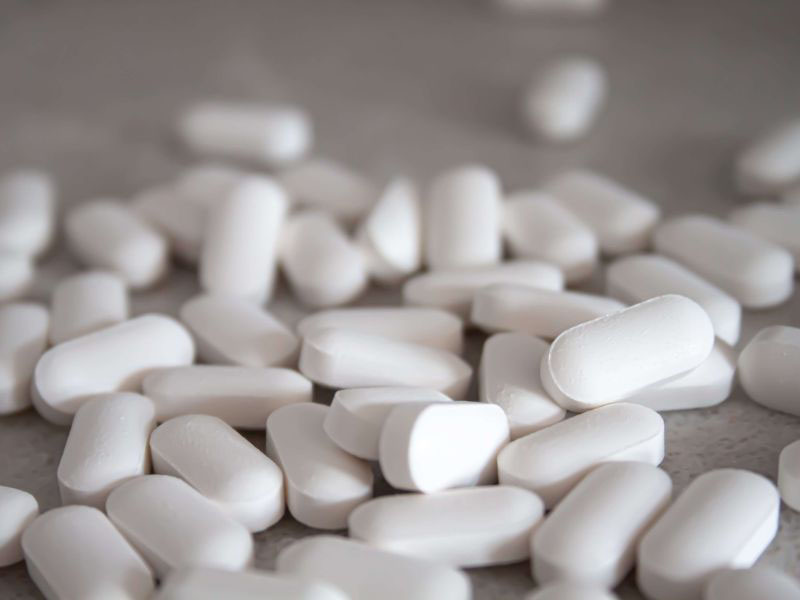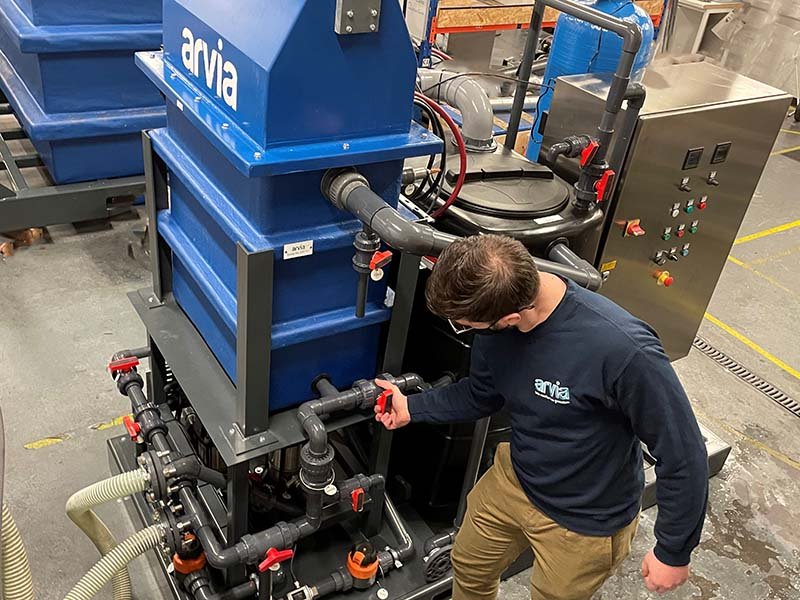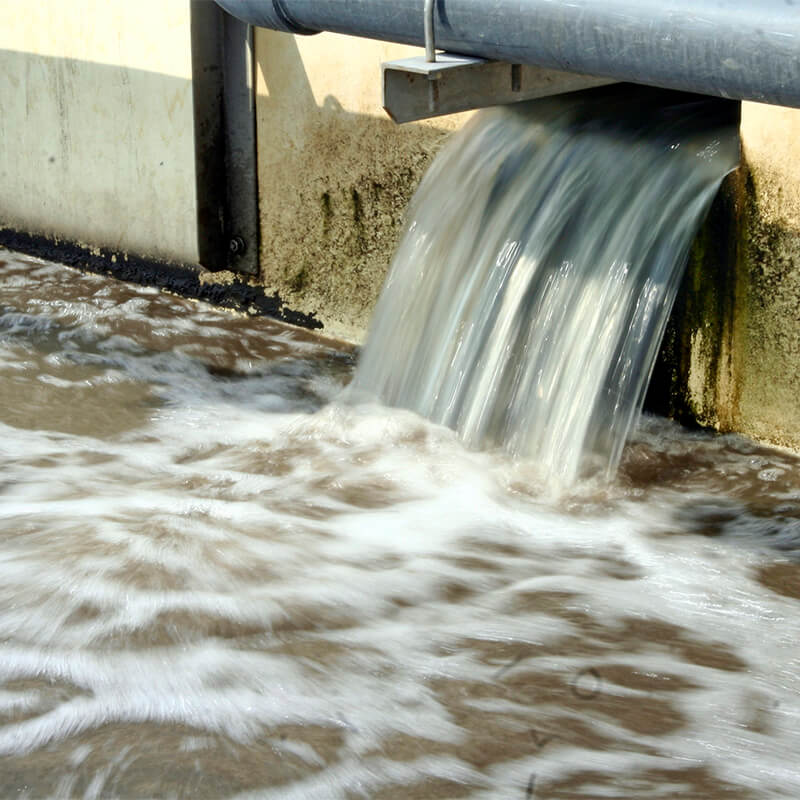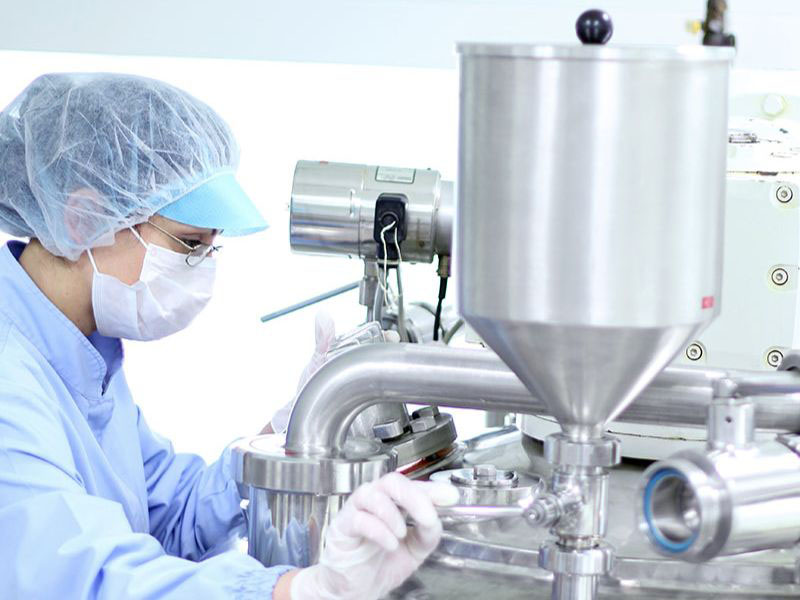Clarithromycin Removal From Wastewater
In our modern world, the issue of pharmaceuticals in water sources has gained increasing attention. One such pharmaceutical compound is clarithromycin, an antibiotic commonly prescribed to combat various bacterial infections.
However, the improper disposal and excretion of clarithromycin can lead to its presence in wastewater, eventually finding its way into watercourses.
This article explores water purification techniques for removing clarithromycin from water and discusses the most effective methods currently available.






